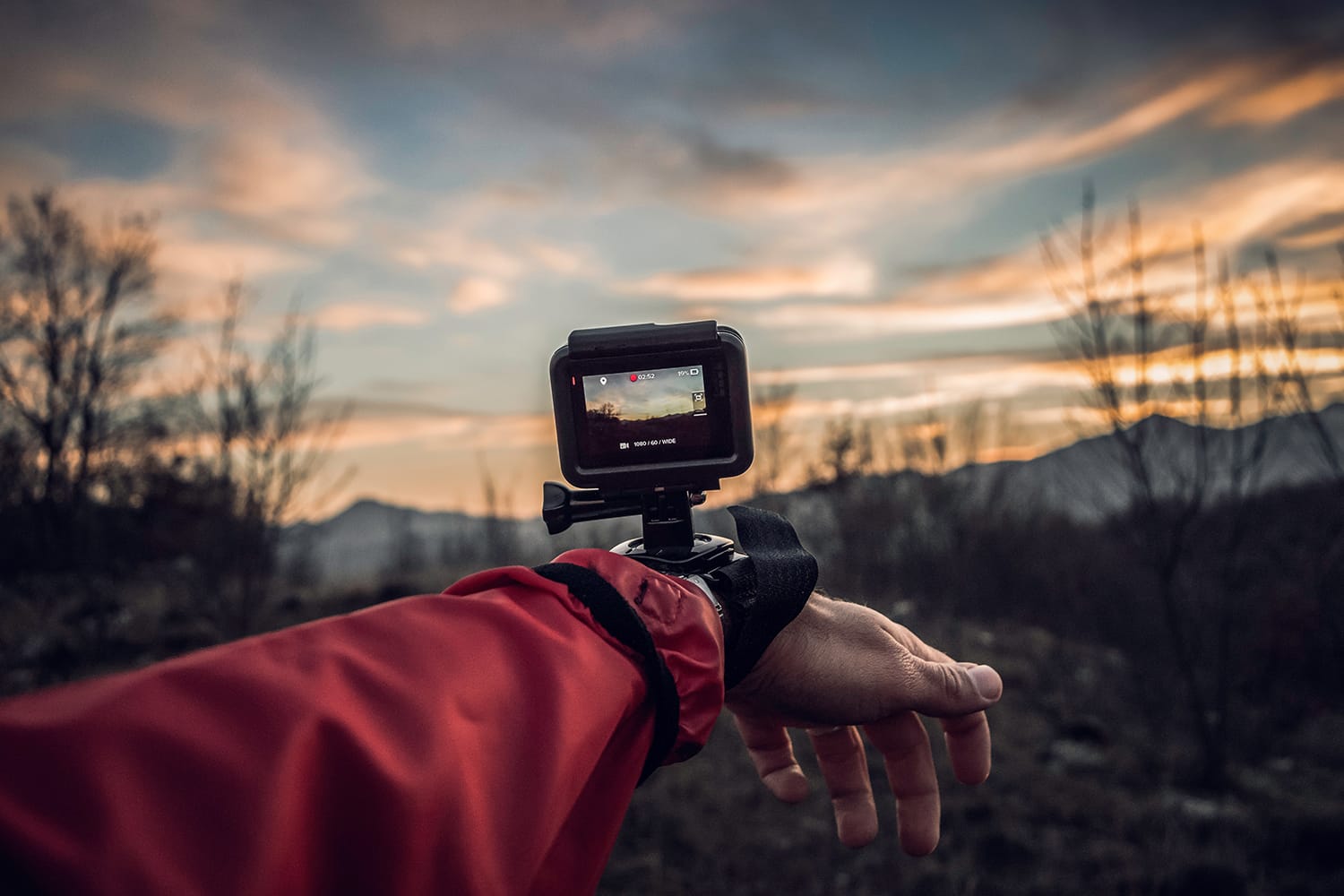How to Make Lights Camera Action: Mastering Photography for Pros
As a professional photographer, embarking on the journey of creating a dynamic 'lights, camera, action' environment means understanding the nuances that go into making every shot a masterpiece. In this deep dive, we'll explore the various facets involved in this process, from lighting setups and camera positions to directing movement and capturing the perfect action shot.

Understanding the Basics of Lighting
Lighting is the backbone of any photographic composition. It can make or break the mood, clarity, and overall quality of a picture. For professional photographers, mastering the art of lighting is non-negotiable.
Lighting Techniques
When thinking about how to make lights camera action, the first step is learning different lighting techniques. Consider using three-point lighting for a professional look. This includes:
- Key light: The primary source of illumination.
- Fill light: Reduces shadows and complements the key light.
- Back light: Adds depth and separates the subject from the background.
Proper use of these can enhance your subject's features and create a balanced visual appeal.
Types of Lights
Beyond techniques, it's crucial to know which types of lighting equipment will serve your needs:
- LED Panels: Versatile and energy-efficient, perfect for various settings.
- Softboxes: Great for soft, diffused lighting.
- Ring Lights: Ideal for close-up shots and capturing minute details.
For an in-depth look at lighting setups, check out this article on Pro Tips for Beginners.

Camera Positioning and Angles
The camera's positioning and angles play a pivotal role in realizing the concept of lights, camera, action. Proper positioning can dramatically affect the composition of your shot.
Choosing the Right Angle
Selecting the optimal angle requires a keen understanding of the subject and the intended message of the photo. Angles can add layers of interest, depth, and story to your images.
- High Angle: To diminish and minimize the subject.
- Low Angle: To enhance and magnify the subject.
- Eye Level: A neutral angle that offers a balanced and natural look.
Movement and Panning
In action photography, capturing movement is vital. This involves perfectly timed panning shots that follow the subject's motion, making them appear sharp against a blurred background.
Explore more on how to connect WiFi 4K action camera.

Directing Action for Impactful Shots
As a photographer, you're not just capturing moments but also directing them. Staging and directing action scenes requires creativity and clear communication.
Staging Your Scene
When setting up your shoot, consider each element in your frame. From the actors' positions to the props' layout, every detail should contribute to the story you're telling.
Communication Skills
Giving precise instructions helps in getting the desired poses and actions from your subjects. Ensure they understand your vision for the shoot, and provide constructive feedback to achieve the best results.
Continuous Shooting Mode
To capture the perfect shot amidst action, leverage the continuous shooting mode. This will give you multiple frames per second, increasing your chances of capturing the ideal movement.
For additional tips on managing action cameras during shoots, read more about loop recording in action cameras.

Editing: The Final Touch
Post-processing can significantly enhance the quality of your photos. Tools like Adobe Photoshop and Lightroom offer extensive features to refine and perfect your images.
Basic Editing Techniques
Start with these primary adjustments:
- Exposure: Correct lighting inconsistencies.
- Contrast: Make your subjects pop.
- Color Balance: Ensure that colors are accurate and vibrant.
Advanced Editing Tips
Once you're comfortable with the basics, delve into advanced techniques:
- Retouching: Remove blemishes and enhance details.
- Dodge and Burn: Add depth and dimension to your photos.
- Filters and Presets: Apply consistent styling across your portfolio.
To understand camera maintenance better, you can check out this guide on sensor cleaning.
Conclusion
Mastering the art of 'lights, camera, action' involves a blend of technical skills, creative insights, and continuous learning. By honing your lighting techniques, understanding camera angles, directing action effectively, and refining your editing skills, you can capture stunning, impactful photographs that leave a lasting impression.
FAQs
What is the best lighting setup for action shots?
The three-point lighting setupkey, fill, and back lightsis highly effective for capturing action shots as it provides balanced and comprehensive illumination.
How do I ensure my action photos are not blurry?
Use a fast shutter speed and continuous shooting mode to capture multiple frames per second. Panning can also help in achieving sharp subject images against a blurred background.
What camera settings are ideal for indoor action photography?
For indoor action photography, consider a high ISO setting to compensate for low light, along with a fast shutter speed to freeze the action.
For more information on cleaning and caring for your camera, check out this article on cleaning the camera body.
As an Amazon Associate, I earn from qualifying purchases.

